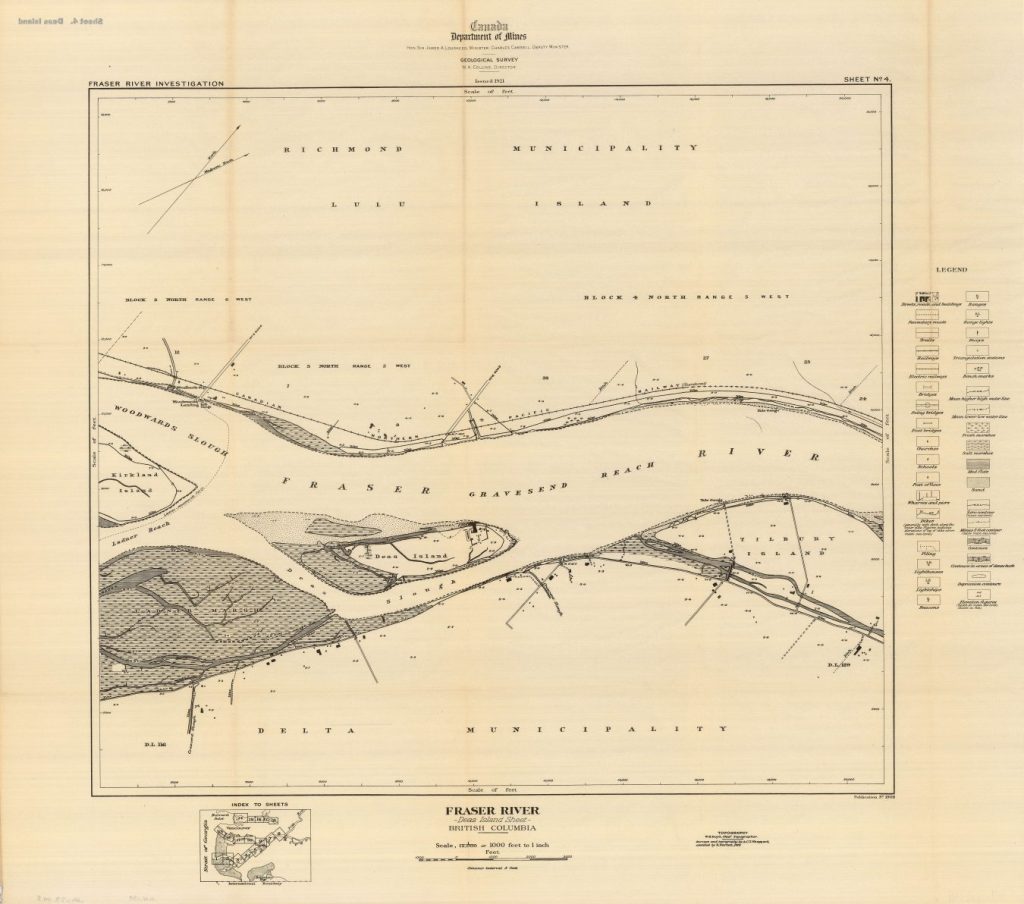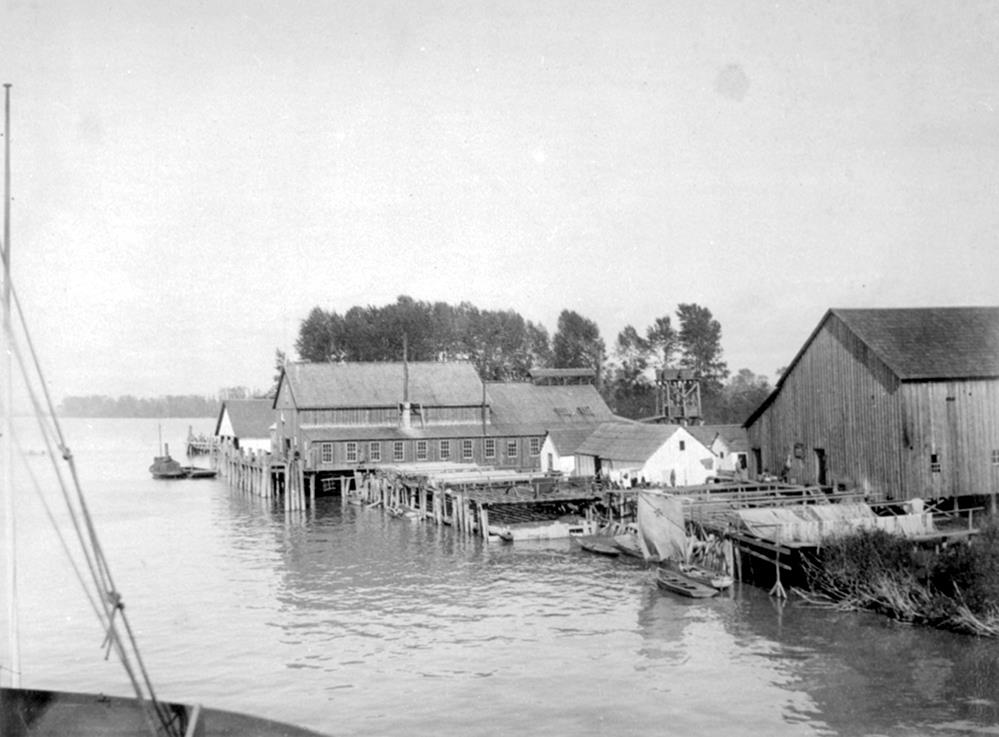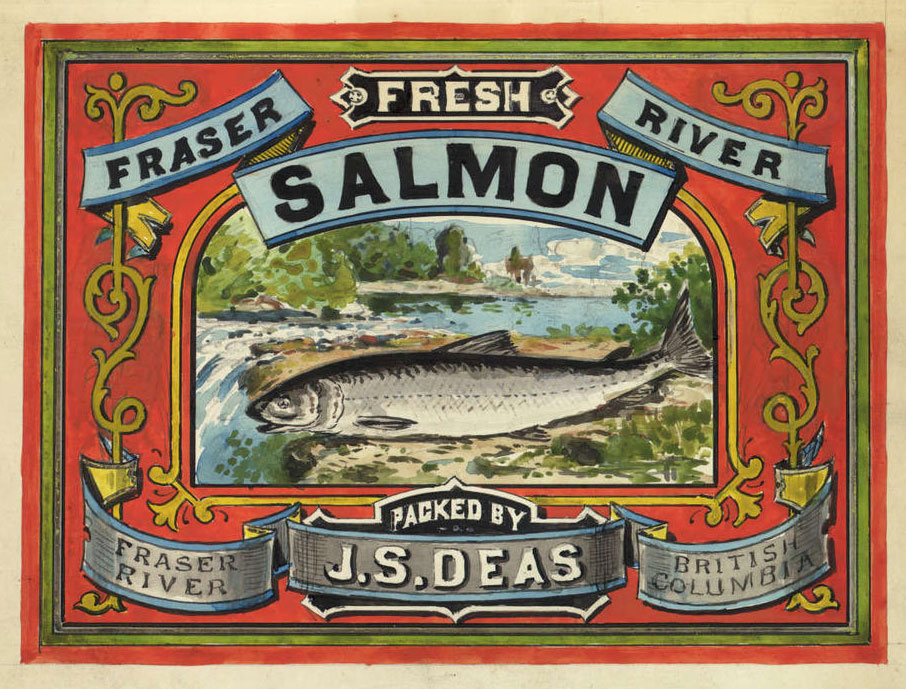Tunnel History
The George Massey Tunnel as we know it today was originally named the Deas Island Tunnel. It was opened in 1959 by Queen Elizabeth II to overwhelming support. The 629-metre long tunnel was considered an engineering marvel, and was the first rectangular reinforced concrete immersed traffic tunnel in North America and second of its kind in the world. The previous similar structure is the 1942 Maas tunnel in Rotterdam, Netherlands.
Six concrete segments, each measuring 344 feet long and weighing 18,500 tons, were constructed on a dry dock, connected, sealed and sunk into place. The Deas Island Tunnel was renamed to the George Massey Tunnel in 1967 by WAC Bennet following the death of George Massey. George Massey was a champion for the project and had a significant role in advocating for the use of immersed tube tunnel technology in BC.
The George Massey Tunnel was originally a tolled crossing, with travellers paying $0.50 per trip. Tolls were removed in 1964 when the majority of the tunnel’s construction costs had been repaid. George Massey himself paid the last toll. In 1982, counterflow measures were introduced, using a reversible lane system to increase traffic flow during peak periods, which continues to operate today. Limited seismic upgrades were made in 2006, including the installation of an advanced earthquake warning system.
Building the Tunnel
Take a trip back in time and see what it took to build the George Massey Tunnel.
Deas Island: The Historical Legacy of John Sullivan Deas
John Sullivan Deas is known as a pioneering figure in the province’s salmon canning industry. Born in 1838 in South Carolina, Deas was a skilled tinsmith and one of the first Black business owners in British Columbia. Deas Island is named after John Sullivan Deas, to recognize his contributions to establish the salmon canning industry along the Fraser River and as the first Black man to work as a canner on the river. Additionally, prior to renaming the tunnel as the George Massey Tunnel it was known as the “Deas Tunnel” in recognition of John Sullivan Deas.
Migration to British Columbia
In 1860, Deas moved from South Carolina to California, drawn by the gold rush. By 1862, he had settled in British Columbia, seeking opportunities as discriminatory laws in the United States limited the rights of African Americans. Although the black community also experienced discrimination socially in BC, John Deas was able to purchase land and find work in skilled trades.

Contribution to the Canning Industry
In 1870, John Deas began producing cans for Edward Stamp’s salmon cannery in New Westminster. His expertise quickly made him a leading figure in the industry. In 1871, he established the Deas Island Salmon Cannery, which became one of the top canneries on the lower Fraser River, producing between 200,000 and 400,000 cans annually for export to England.


Later Years and Legacy
Deas sold his cannery in 1878 and moved to Portland, where he lived until his death at the age of 42. During his 15 years in British Columbia, including seven years in Delta, Deas made significant contributions to the salmon canning industry. While the canning industry is no longer active on Deas Island, the island remains a significant historical site, passed by thousands along Highway 99.


